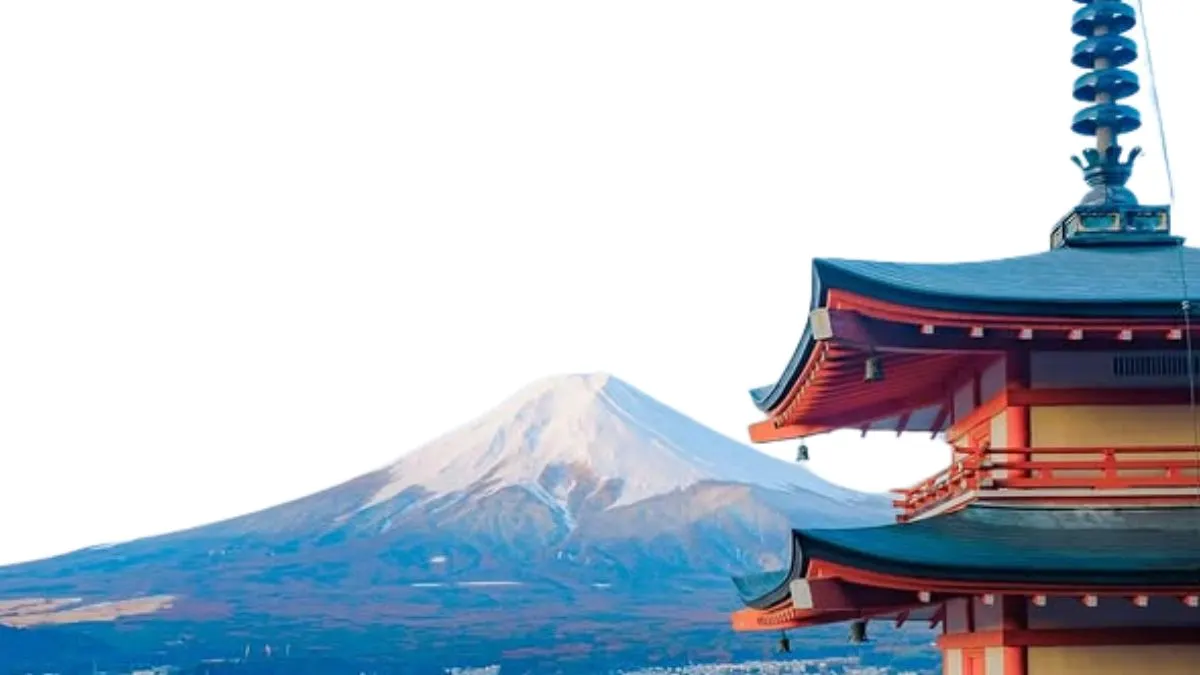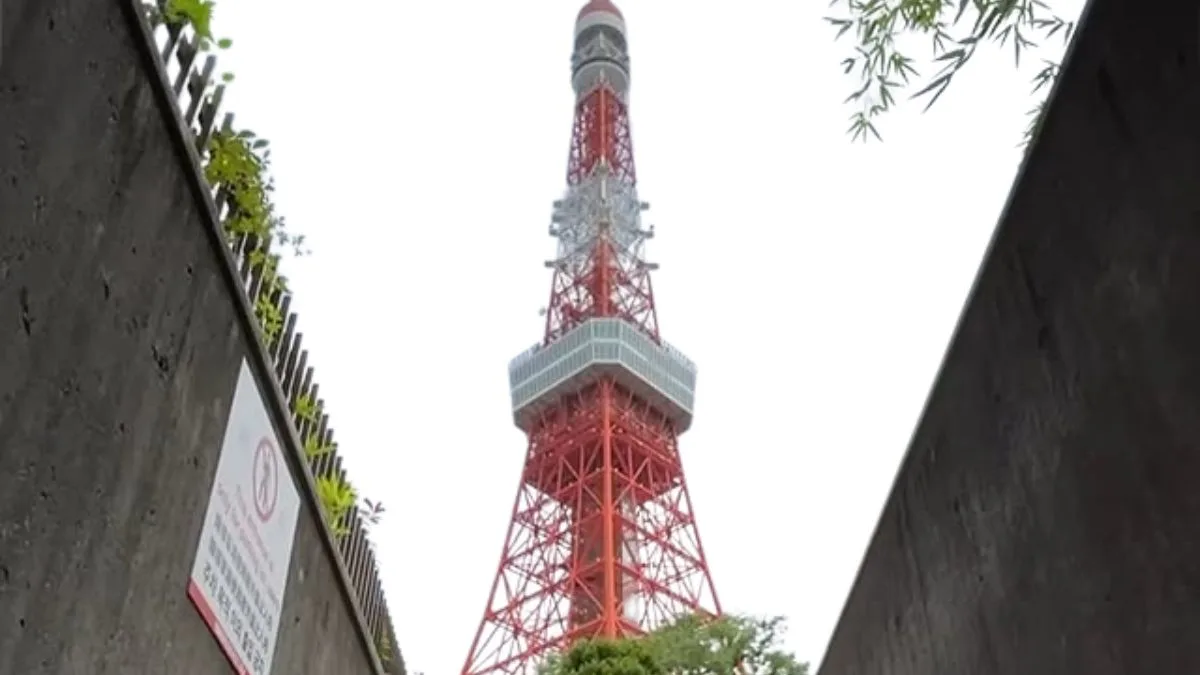Japan Travel, a country where ancient traditions blend seamlessly with modern innovations, is a destination that has captivated travelers for centuries. From the serene beauty of its temples and gardens to the bustling streets of Tokyo and the peaceful countryside of Kyoto, Japan offers a unique experience for every type of traveler.
If you’re seeking cultural immersion, outdoor adventures, or culinary delights, Japan has something special for everyone.
We’ll explore the best destinations in Japan, tips for getting around, cultural etiquette, and everything else you need to know to make the most of your trip.
Why Travel to Japan?
Japan is unlike any other destination in the world. Here are just a few reasons why it should be at the top of your travel list:
-
Rich History and Culture
Japan’s cultural heritage is deeply rooted in ancient traditions, from tea ceremonies and calligraphy to martial arts and kabuki theater. At the same time, the country has embraced modernity, with futuristic cities, cutting-edge technology, and contemporary art. This perfect blend of old and new offers a truly unique cultural experience. -
Unparalleled Natural Beauty
From snow-capped mountains to hot springs, serene lakes, and lush forests, Japan’s natural landscapes are as diverse as they are stunning. Whether you’re hiking through the Japanese Alps, relaxing in an onsen (hot spring), or marveling at the cherry blossoms in spring, Japan offers outdoor experiences that are unmatched. -
World-Class Cuisine
Japanese cuisine is renowned worldwide for its freshness, variety, and delicate flavors. From sushi and ramen to tempura and takoyaki, the country offers a culinary adventure like no other. Don’t forget to indulge in matcha-flavored sweets, yakitori (grilled chicken skewers), and regional specialties. -
Efficient and Clean Transportation
Japan’s public transportation system is famous for its punctuality, efficiency, and cleanliness. The iconic Shinkansen (bullet train) can take you across the country in no time, while local trains and buses make getting around even the most remote areas convenient.
6 Destinations to Japan Travel:
Planning your next adventure to Japan? Read below to explore 6 must-visit destinations that showcase the country’s rich culture, stunning landscapes, and unique experiences.
1. Tokyo – The Dynamic Capital
Tokyo is a city that never sleeps, where traditional shrines sit next to neon-lit skyscrapers, and ancient temples are just a stone’s throw from high-tech shopping malls. It’s a perfect blend of the old and the new, with highlights including the Meiji Shrine, Asakusa Temple, and the fashionable districts of Shibuya and Harajuku. Don’t miss the famous Shibuya Crossing, the busiest pedestrian intersection in the world, and try a sushi meal at Tsukiji Outer Market.
2. Kyoto – The Heart of Traditional Japan
Kyoto, once the capital of Japan, is known for its stunning temples, traditional wooden houses, and beautiful gardens. It’s the place to experience Japan’s rich cultural heritage. Highlights include the Golden Pavilion (Kinkaku-ji), the bamboo groves in Arashiyama, and the famous Fushimi Inari Shrine with its thousands of red torii gates. Kyoto is also the best place to experience a traditional tea ceremony.
3. Osaka – Japan’s Culinary Capital
Osaka is a vibrant, lively city known for its food scene and warm, welcoming atmosphere. It’s the place to try street food like takoyaki (octopus balls) and okonomiyaki (savory pancakes). Visit Osaka Castle for a glimpse into Japan’s feudal past, and spend time in Dotonbori, a bustling entertainment district filled with neon signs, restaurants, and shops.
4. Mount Fuji – Japan’s Iconic Peak
For nature lovers and outdoor enthusiasts, a trip to Mount Fuji is a must. This iconic volcano is Japan’s highest peak and a UNESCO World Heritage site. Hiking to the summit is a popular activity, especially in the summer months, but the surrounding Fuji Five Lakes area offers beautiful views and a range of outdoor activities, including camping, boating, and photography.
5. Hokkaido – Japan’s Northern Paradise
Hokkaido is known for its pristine natural beauty, especially during the winter months. The region is famous for skiing and snowboarding in resorts like Niseko, as well as for its stunning national parks, hot springs, and flower fields in the warmer months. The Sapporo Snow Festival, held every February, is a must-see event, showcasing incredible ice and snow sculptures.
6. Okinawa – Tropical Beaches and Unique Culture
For a more laid-back experience, head to Okinawa, Japan’s southernmost island. With crystal-clear waters, beautiful beaches, and a unique blend of Japanese and Ryukyu cultures, Okinawa offers a relaxing escape from the hustle and bustle of the mainland. Explore Shurijo Castle, unwind on the beaches, and experience the island’s distinct cuisine, which includes pork-based dishes and tropical fruits.
Read Next: 6 Tips For A Journal | Travelers Notebook
How to Get Around Japan
Japan’s public transportation system is renowned for being one of the best in the world, making it easy to get around the country.
1. The Shinkansen (Bullet Train):
The Shinkansen is the fastest way to travel between major cities in Japan. With trains running up to 200 miles per hour, you can easily travel from Tokyo to Kyoto in about two and a half hours. Be sure to purchase a Japan Rail Pass if you plan on taking multiple Shinkansen rides, as it offers significant savings for foreign tourists.
2. Local Trains and Subway:
Local trains and subways are the best way to explore individual cities. Tokyo, Osaka, and Kyoto have extensive and easy-to-use subway systems. Tickets are typically inexpensive, and stations have English signs to help you navigate.
3. Buses and Taxis:
Buses are a good option for traveling to more remote areas that may not be accessible by train. Taxis are also available but tend to be more expensive compared to other modes of transport.
4. Bicycles:
Japan is an incredibly bike-friendly country. Many cities have bike rental services, and exploring places like Kyoto or Sapporo by bicycle is a great way to see the sights at a leisurely pace.
Cultural Etiquette in Japan:
Japan has a rich cultural history, and understanding some basic etiquette will help you navigate the country respectfully:
-
Politeness is Key:
Japanese people are known for their politeness, so be sure to greet others with a bow, use honorifics when addressing people, and avoid raising your voice. Saying “Arigato gozaimasu” (thank you) and bowing is a sign of respect. -
Shoes Off Indoors:
In many places, you’ll be asked to remove your shoes before entering homes, temples, certain traditional accommodations (like ryokan), and some restaurants. Be prepared to wear socks or slippers. -
Quiet Public Spaces:
Public transportation in Japan is typically quiet, with people refraining from talking on the phone or making loud noises. It’s a good idea to keep your voice low and be mindful of the people around you. -
Handling Trash:
Japan is extremely clean, but there are very few public trash bins. Carry a small bag for your trash until you find a designated disposal area.
Adventure Awaits:
Japan is a country that offers a wealth of experiences, from its rich history and cultural traditions to its natural beauty and world-class cuisine. With efficient transportation and welcoming people, it’s a destination that’s accessible for all types of travelers.
If you’re exploring bustling cities, relaxing in serene temples, or enjoying breathtaking views of Mount Fuji, Japan is sure to leave a lasting impression.
CTA:
Are you ready to embark on the adventure of a lifetime in Japan? Start planning your trip today, and immerse yourself in the beauty and culture of this fascinating country.
Book your flights, create your itinerary, and don’t forget to check out our Japan travel tips for more helpful information!
FAQs | Travel
1. Do I need to speak Japanese to travel in Japan?
While speaking Japanese can be helpful, most major tourist areas have English signage, and many people in tourist spots speak some English. Learning a few basic phrases like “Arigato” (thank you) and “Sumimasen” (excuse me) can go a long way.
2. What’s the best time to visit Japan?
The best times to visit Japan are during the spring (March to May) for cherry blossoms and autumn (September to November) for fall foliage. However, each season offers something unique, from skiing in winter to hiking in the summer.
3. Is Japan an expensive destination?
Japan can be as affordable or expensive as you make it. While accommodations and dining in big cities like Tokyo can be pricey, there are plenty of budget-friendly options, including hostels, capsule hotels, and street food.
4. Can I use credit cards in Japan?
Credit cards are accepted in most places, but it’s still a good idea to carry cash, especially in rural areas or smaller shops. Japan has a safe and efficient ATM system, so you can easily withdraw yen when needed.
5. Is it easy to navigate Japan’s transportation system?
Yes! Japan’s public transportation system is easy to use, with clear signage in English and efficient routes. Be sure to check train schedules and have a plan, especially when traveling long distances.


